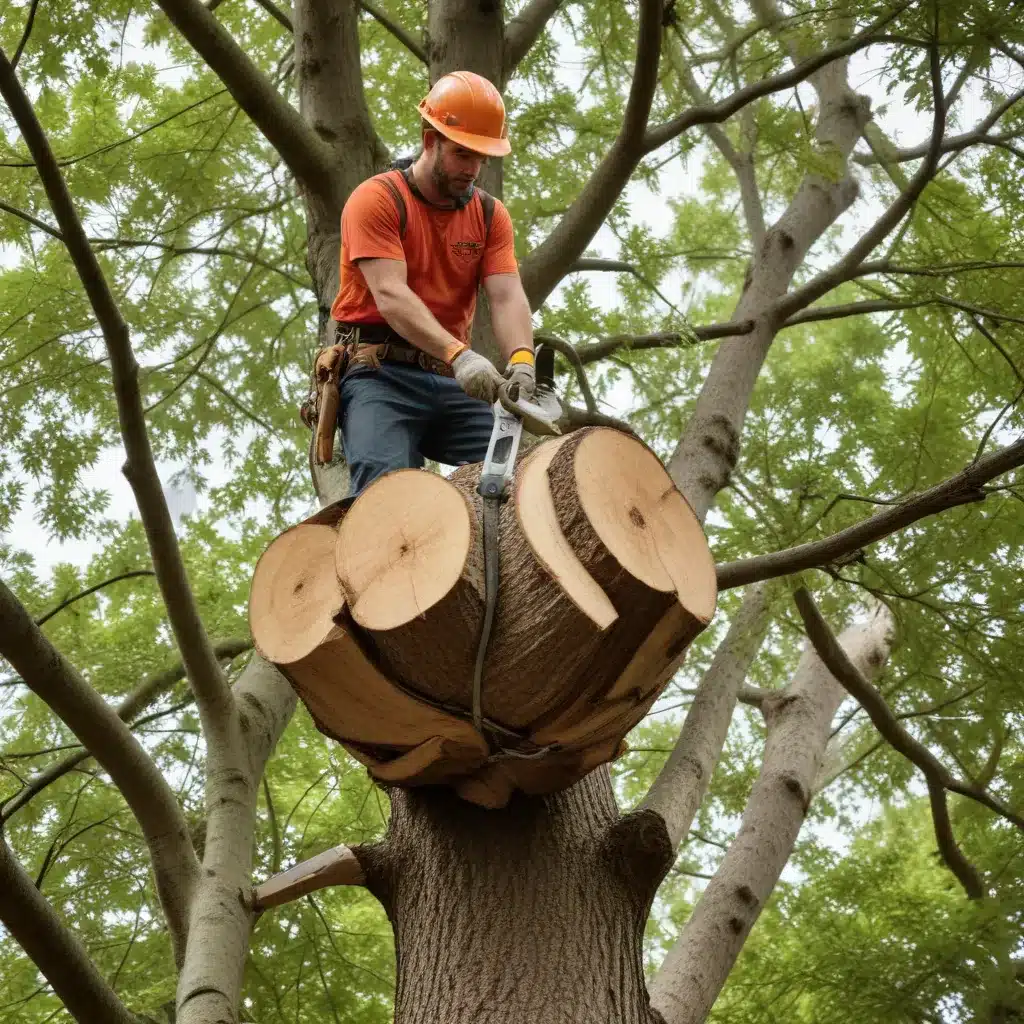
The urban forests of Texas are a cherished asset, providing respite from the scorching sun, purifying the air, and enhancing the aesthetic charm of neighborhoods. However, maintaining this vibrant greenery requires meticulous adherence to a complex web of tree removal regulations. Homeowners, property developers, and landscape professionals must navigate this intricate legal landscape to ensure responsible and compliant tree management.
Tree Removal Regulations
Across the Lone Star State, municipal and state-level authorities have implemented a comprehensive set of regulations governing the removal of trees. These regulations aim to preserve the ecological balance, protect native species, and mitigate the environmental impact of urban development.
Local Municipal Requirements
At the municipal level, cities and towns often have specific ordinances that dictate the criteria for tree removal. Factors such as tree species, size, health, and location are key determinants in assessing whether a permit is required. For example, some cities may impose stricter regulations on the removal of heritage trees or protected species that exceed certain dimensions.
The process for obtaining a tree removal permit typically involves submitting detailed documentation, including site plans, arborist assessments, and the rationale for the proposed removal. Municipalities may also require specific mitigation measures, such as replanting or monetary compensation, to offset the loss of the tree.
State-Level Regulations
At the state level, Texas has implemented regulations to preserve the overall health and sustainability of its urban forests. The Texas A&M Forest Service oversees the administration of the Texas Forestry Association’s Best Management Practices, which provide guidelines for responsible tree management.
These state-level regulations may address issues such as invasive species control, wildfire prevention, and water conservation strategies. Homeowners and landscapers must familiarize themselves with the specific requirements applicable to their region to ensure compliance.
Federal Environmental Laws
In addition to local and state regulations, federal environmental laws, such as the Clean Air Act and the Endangered Species Act, can also influence tree removal practices. These laws aim to protect air quality, wildlife habitats, and sensitive ecological areas, which may impact the permissibility and mitigation requirements for tree removal projects.
Compliance Considerations
Navigating the legal landscape of tree removal requires a comprehensive understanding of the various compliance factors involved. Careful consideration of protected species, mitigation strategies, and waste management practices is crucial to ensure responsible and lawful tree management.
Identifying Protected Tree Species
Many municipalities and states have designated certain tree species as protected, often based on their ecological, historical, or aesthetic significance. Homeowners and landscapers must be able to accurately identify these protected species to avoid inadvertent removal without the necessary permits and approvals.
Mitigation Measures and Replanting
In cases where tree removal is permitted, local authorities often require specific mitigation measures to offset the environmental impact. This may include replanting a certain number of replacement trees, implementing urban forestry initiatives, or providing financial compensation for the loss of the tree.
Disposal and Waste Management
The proper disposal and management of tree waste, such as logs, branches, and stumps, are also subject to regulatory requirements. Homeowners and landscapers must ensure that the tree removal process complies with local waste management and environmental regulations to avoid potential fines or legal liabilities.
Permitting Process
Obtaining the necessary permits for tree removal is a crucial step in navigating the legal landscape. The permitting process varies across different municipalities and states, but generally involves a series of steps to ensure compliance with the applicable regulations.
Permit Application Procedures
The first step in the permitting process is to identify the specific requirements and application procedures for the jurisdiction in which the tree removal project is located. This may involve submitting detailed plans, arborist reports, and documentation supporting the need for the tree removal.
Obtaining Necessary Approvals
Once the permit application is submitted, local authorities will review the proposal and determine whether it meets the established criteria for tree removal. This process may involve public hearings, environmental impact assessments, and consultations with relevant stakeholders, such as neighborhood associations or environmental organizations.
Permit Timeframes and Deadlines
The duration of the permitting process can vary significantly, depending on the complexity of the project and the responsiveness of the local authorities. It is essential for homeowners and landscapers to familiarize themselves with the typical timeframes and deadlines associated with the permit application and approval process to avoid delays or potential legal issues.
Liability and Risk Management
Tree removal operations inherently involve risks, both to the property owners and the professionals conducting the work. Understanding and addressing these risks is crucial to ensure the safety of the community and mitigate potential legal liabilities.
Assessing Potential Hazards
Before initiating a tree removal project, it is essential to conduct a comprehensive risk assessment to identify any potential hazards, such as structural instability, power line proximity, or the presence of wildlife habitats. Proper planning and mitigation strategies can help minimize the risks associated with tree removal.
Insurance Coverage and Documentation
Homeowners and landscapers should ensure that they have adequate insurance coverage, such as general liability and workers’ compensation policies, to protect against potential claims or lawsuits arising from tree removal operations. Maintaining detailed records and documentation of the project, including permits, assessments, and safety protocols, can also help mitigate legal risks.
Dispute Resolution Strategies
In the event of disputes or conflicts related to tree removal, it is important to have a well-defined process for resolution. This may involve engaging with local authorities, seeking mediation, or, in some cases, pursuing legal action. Developing a proactive approach to dispute resolution can help avoid costly and time-consuming legal battles.
By understanding the complex legal landscape of tree removal in Texas, homeowners, property developers, and landscape professionals can navigate the process with confidence, ensuring compliance with regulations, mitigating environmental impacts, and minimizing legal risks. For expert guidance and support, consider partnering with a reputable tree care service provider, such as TriCounty Tree Care, which specializes in comprehensive tree management solutions tailored to the unique requirements of the region.


